It’s February 29th… What Exactly is a Leap Year? And What Does it Mean for Watches?
Why on Earth were these complicated leap years invented, and what do they imply for calendar watches?

If you’re one of the lucky few to own a perpetual calendar watch (or even rarer, a secular calendar watch), this is the day you have to wear this watch. It’s not even an option, it’s an order. Why? Because your movement is going to perform a mechanical ballet that only occurs every four years – well, almost… more on that in a few – and your dial will be showing a day and date combination that only occurs every 1,460 days. Indeed, today is February 29th, and 2024 is a leap year. But what exactly is a leap year? Why does it even exist? Why make things so complicated? And how does this translate in terms of watchmaking and calendar watches? We tell you all.
Horology and mechanical watchmaking are children of astronomy. The entire system of measuring time, days or seasons is based on the observation of our planet and its position in the Solar system. Time and calendars are, however, conventions created by men. They are systems, a standardisation that allows people around the globe to understand each other. But how has mankind created a rational system that accurately reflects Earth’s rotations around the Sun and “fixed” astronomical events, such as the equinoxes and solstices? And why did this standardisation make it necessary to create so many exceptions, such as the leap year?
Why today is February 29th? What is a leap year? Why do we need a leap year?
Fact: a common year has 365 days. Fact: a leap year has 366 days thanks to an intercalary (additional) day on February 29 occurring almost once every four years. Why was it necessary at a certain point in history to create this exception? Why create something so complicated to understand? Why not keep things simple and practical…? Well, besides the fact that humanity has always loved to make life more complicated than it needs to be, there are tangible reasons behind the creation of the leap year.

So, let’s try to understand this leap year concept. And that involves a short astronomy and history lesson first. We’re not even close to talking horology yet. In a nutshell, leap years are corrective measures (once again, another addition to the whole convention of time) to make sure our calendar stays aligned with nature’s cycles. None of this would have been necessary if Mother Nature had made Earth’s orbit of the Sun an exact 365 days.
The overall concept of time and calendars is guided by two facts: the rotation of the Earth on its own axis and the revolution of the Earth around the Sun. The time taken for the Earth to complete its orbit around the Sun is 365.242 days or 365 days, 5 hours, 48 minutes and 45 seconds. This is the exact duration of an astronomical/solar year. You might think that this lag of 0.242 days in a year (roughly a quarter of a day) is negligible. Well, think about it differently. If we had let things go without correction, 200 years from now, we would be celebrating the New Year in the middle of November – there would have been a shift of 48 days over a 200-year period. This means that the entire calendar would become completely disconnected from the seasons. At a certain point (and consider this for the Northern Hemisphere), we would have been harvesting wheat in February and opening Christmas gifts in June. For that reason, to keep the calendar synchronised with the true astronomical year and avoid seasonal drift, an extra day, a leap day, is added every four years at the end of February.
The concept of the leap year isn’t new. It dates back to Julius Caesar and the Julian Calendar, created in 46 BCE. It was then refined in 1582 by Pope Gregory XIII, the backer of the Gregorian calendar – the one still in use around the globe today.
From astronomical observations to Julius Caesar and the Gregorian calendar
Primitive celestial gazers started to notice patterns: the alternating periods of light and darkness (based on one rotation of the Earth on its axis, giving us the 24-hour system), the cyclical nature of the Moon (based on the revolution of the Moon around the Earth, giving us seasons) and the slower movement of the stars in the firmament (based on the revolution of the Earth around the Sun, giving us a year). Predicting when these phenomena would happen was essential to anticipating the seasons, planting and harvesting crops, hunting certain animals and observing rituals.

The very first traces of calendars coincide with the advent of writing in Mesopotamia. There is evidence of calendars (monuments) dating back to the Mesolithic. Warren Field in Scotland, a Mesolithic calendar monument built about 8,000 BCE, is considered to be the oldest lunisolar calendar yet found. There, hunter-gatherers dug twelve pits to track the lunar months over the course of a year, vital information for synchronising seasonal activities like hunting migrating animals. But what is even more surprising is that the Warren Field site aligns with the sunrise of the midwinter solstice, providing an annual astronomic correction to the seasonal drift of the lunar year. And that was purely based on astronomical observations…
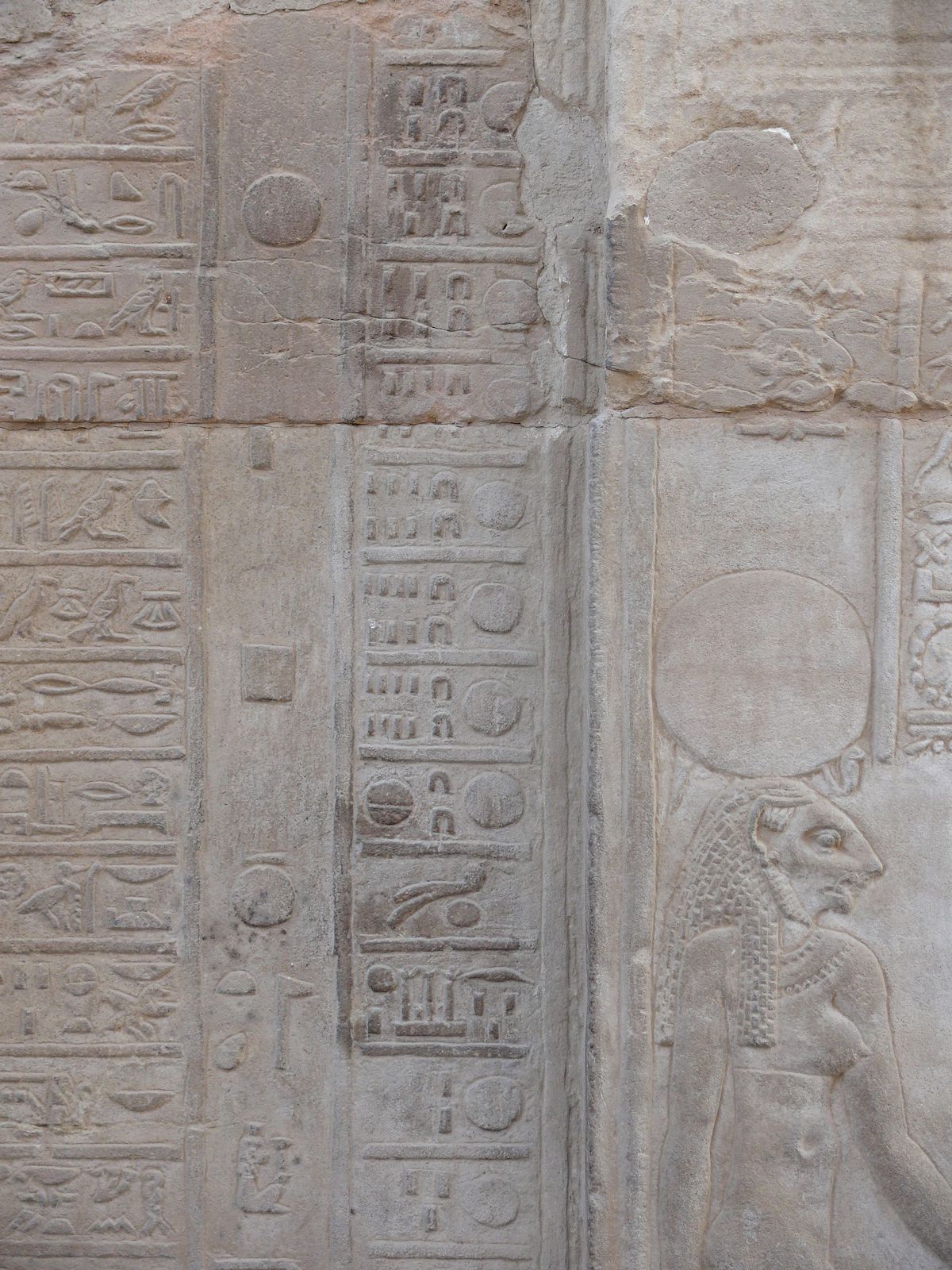
The first traces of standardisation, understand by that primitive forms of calendars, appeared in Mesopotamia. Later, Egypt and Greece also created sophisticated calendars, some of them featuring intercalary days to catch up with solar time. It was, however, Julius Caesar’s calendar that most influenced Western civilisation. Before that, the Roman Republican lunar calendar was so chaotic that years could vary anywhere between 355 to 378 days, and it was so out of sync with astronomic time that the vernal equinox (March 21) took place eight weeks later.

Having returned from a campaign in Egypt, where he saw a different (maybe far more precise) type of calendar, the Roman Emperor asked Greek astronomer Sosigenes of Alexandria to reform the existing calendar. Sosigenes determined that the existing lunar calendar had to be ditched in favour of a more scientific solar model based on the Egyptian calendar. To account for the immense discrepancies between the date on the calendar and the equinox, Sosigenes also had to fiddle around with all sorts of complex intercalations. To realign the calendar with the seasons, Caesar dictated that 46 BCE would last 445 days, marking it as the last “year of confusion”. What is significant about the Julian calendar is that Caesar laid down the rules governing leap years: a year was to be composed of 365 days and an extra day be intercalated every fourth year, in other words, a leap year. To determine a leap year in Caesar’s book, the year had to be divisible by 4.

Despite being far more precise than its predecessors, the Julian calendar of 365.25 days wasn’t yet precise enough – it was actually a bit too long to match the solar year (365.24), resulting in an error of 11 minutes and 14 seconds a year. Even though this eventually resulted in the calendar being out of sync with the equinox and solstice (a shift of approximately 9 to 10 days between the civilian calendar and the Sun at the moment when new corrections were created), the Julian calendar was in use well until the 16th century.

By the end of the 16th century, ecclesiastical authorities in Rome were so concerned that Pope Gregory XIII issued an urgent papal bull in 1582 to address the growing discrepancies messing with important dates like Easter and its host of moveable and fixed feasts. With the help of astronomers Aloysius Lilius and Christopher Clavius, it was determined that Easter would be celebrated on the Sunday following the full Moon that fell on or after the vernal equinox of March 21. This was the starting point for what would become the Gregorian Calendar – and coincidentally, this meant that the Pope had to wipe out 10 full days on the calendar in 1582, jumping directly from the 4th to the 15th of October, so the dates were finally aligned with the seasons again. Catholic countries like Italy, Spain and Portugal adopted the Gregorian calendar, but Protestant countries were somewhat wary of Catholic meddling. Surprisingly, it wasn’t until 1752 that Great Britain and America switched to the Gregorian calendar.

There’s more to the Gregorian Calendar than just this shift of dates. It also perfected the whole concept of leap year and added some more corrections to come closer to Mother Nature and its 365.24-day solar year. According to the Gregorian reform, every year that is exactly divisible by 4 is a leap year. However, if the year can be divided by 100 (centennial year) it is not a leap year… but there’s more: if it is divisible by 400, though, it is a leap year. This explains why years like 1700, 1800, 1900, 2100 and 2300 are not leap years but why 1600, 2000 and 2400 are leap years. However, as precise and complex as it might be, the Gregorian Calendar isn’t all perfect as there is a margin of error of 27 seconds per year, which adds up to one day every 3236 years. To answer this problem, two professors at Johns Hopkins University have proposed the creation of a new calendar known as the Hanke-Henry Permanent Calendar (HHPC)… But do we really want to change our fully accepted convention for a system with a margin of error of about 0,00009% per year?
The impact on watchmaking and calendar watches
Horologists have long been observers of nature and astronomy. As such, clocks and timekeeping devices tend to replicate the time as a convention but also, by using several astronomical complications, natural events such as the phases of the Moon, the equation of time, the movements of the Moon and Sun in relation to the Earth or the tides. And, of course, watches have long tried to replicate the Gregorian Calendar. Not without struggling, though, given the sheer complexity of this convention.
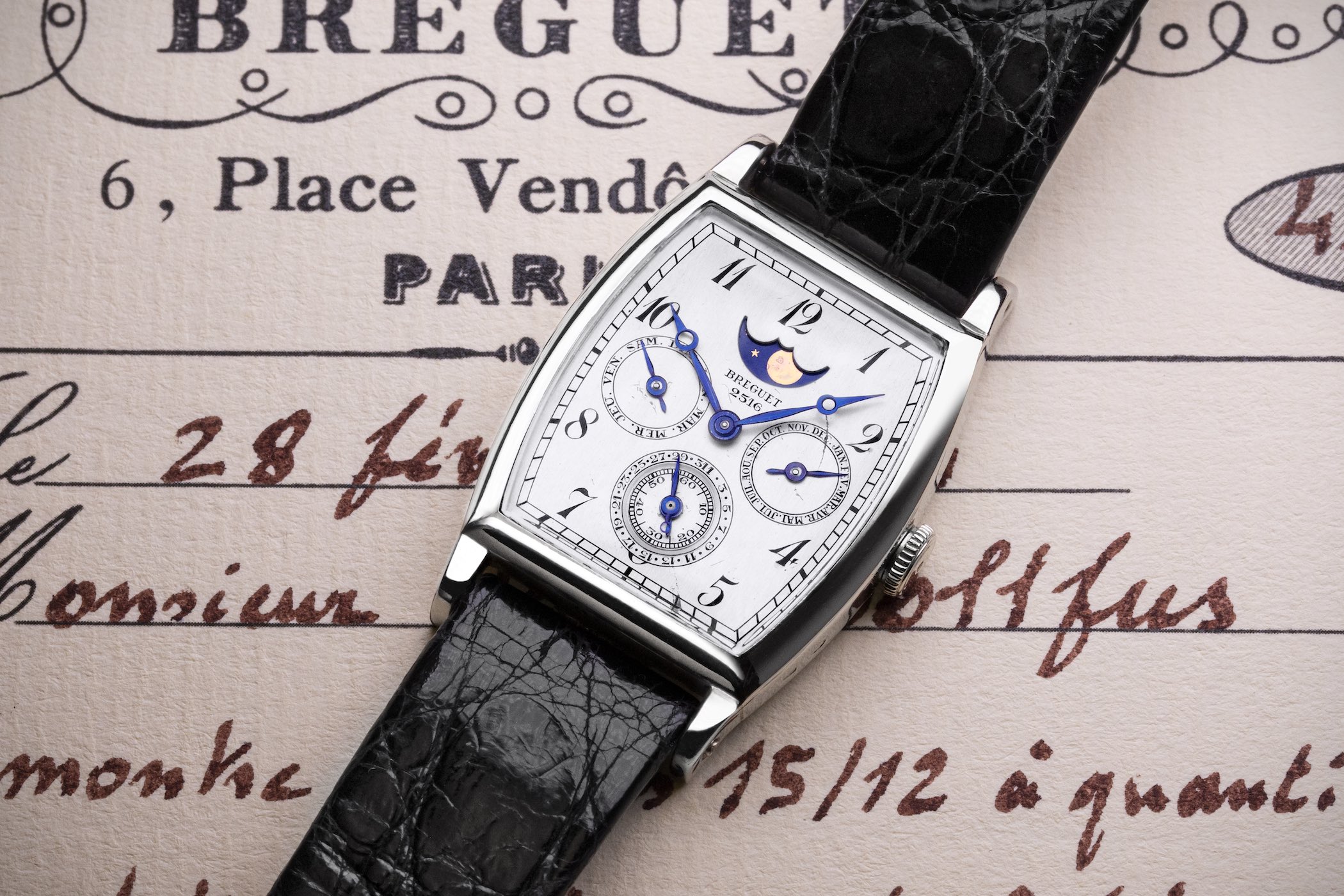
As we have explained in this article, there are multiple ways for a watch to indicate the calendar, starting with the simple date window or date sub-dial, up to the ultra-complex and rare secular calendar watches.
- the date window or date-by-hand – the most common complication in watchmaking, the date is indicated by a rotating disc, showing the date in an aperture, or by a hand on a sub-dial. Whatever the display (only date or day-date), the mechanism here is extremely simple. Each time the hour hand had turned twice around the dial, the date switches. This system does not take into account the months with 30 days (and, of course, with 28 days) as the watch is set for 31 days. You’ll have to correct the date at the end of February, April, June, September and November.
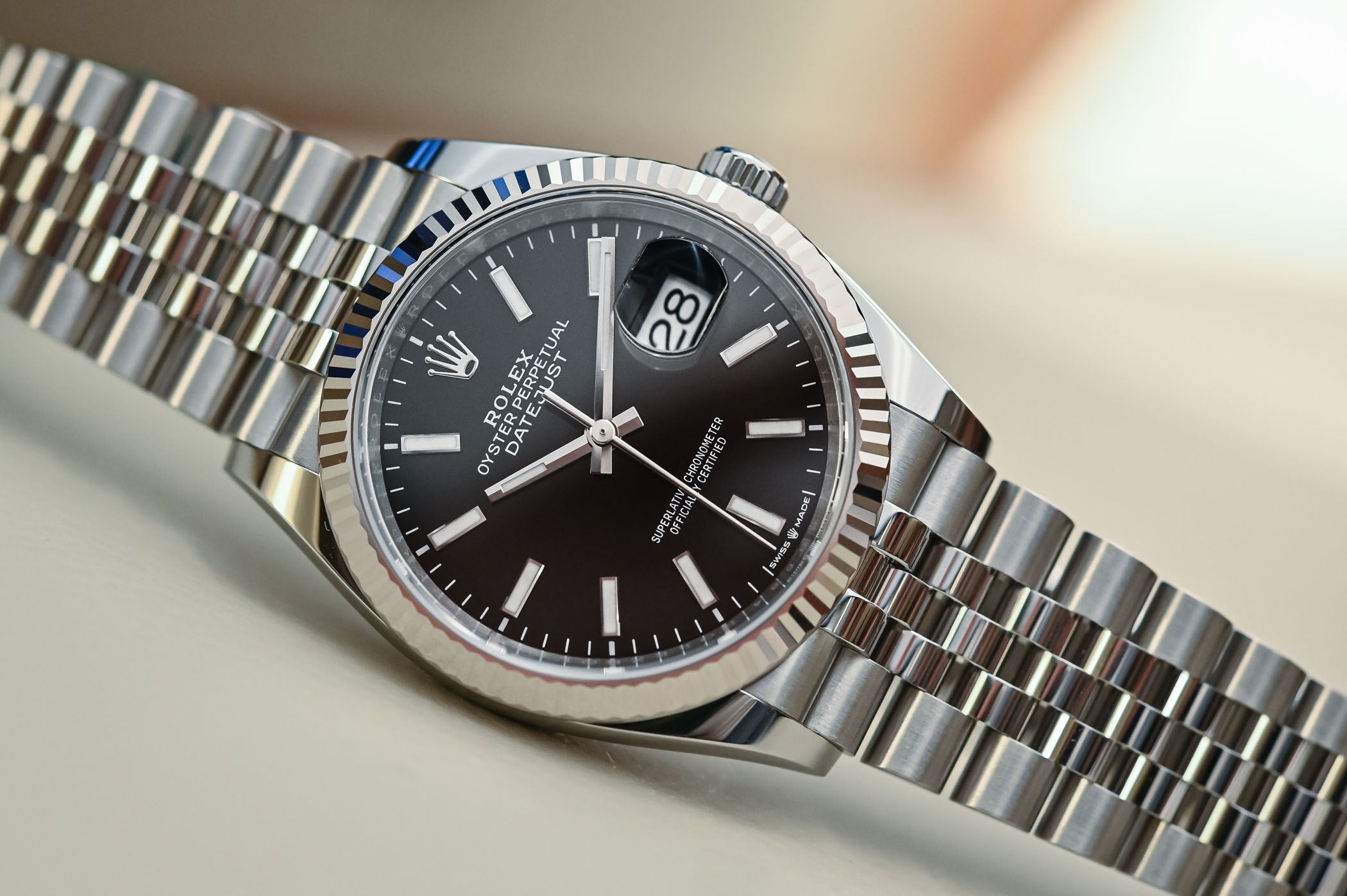
- the full/complete/triple calendar – a further elaboration of the date and day-date mechanism, the triple calendar also indicates the month of the year. The addition of the moon phase display makes it a complete (or full) calendar. Again, corrections will be needed 5 times a year, as the mechanism is programmed for months with 31 days.

- the annual calendar – a relatively recent innovation (Patek Philippe, 1996), the annual calendar tends to come closer to the Gregorian Calendar’s complexity by only requiring one correction per year, at the end of February. It usually displays the date, the day and the month. It automatically takes into account the months with 30 or 31 days. Every annual calendar has to be adjusted from February 28/29 to March 1st. A highly practical, user-friendly and more robust calendar than the perpetual calendar, a slightly enhanced form has been developed by Audemars Piguet and Breitling with watches that take into account the month of February and its 28 days. Thus, it will require an adjustment only once every 4 years when a leap year occurs.

- the perpetual calendar – one of the most revered complications, the perpetual calendar steps up in terms of mechanical ingenuity and complexity by taking into account the leap years. It is able to calculate the right number of days in a month, whether it is composed of 30 or 31 days, but also 28 days for the month of February and finally, once every four years, it even takes into account the 29 days of February, in case of a leap year. Thus, it only requires one correction every 100 years – as we explained above because a year that can be divided by 100 (centennial year) is not a leap year.
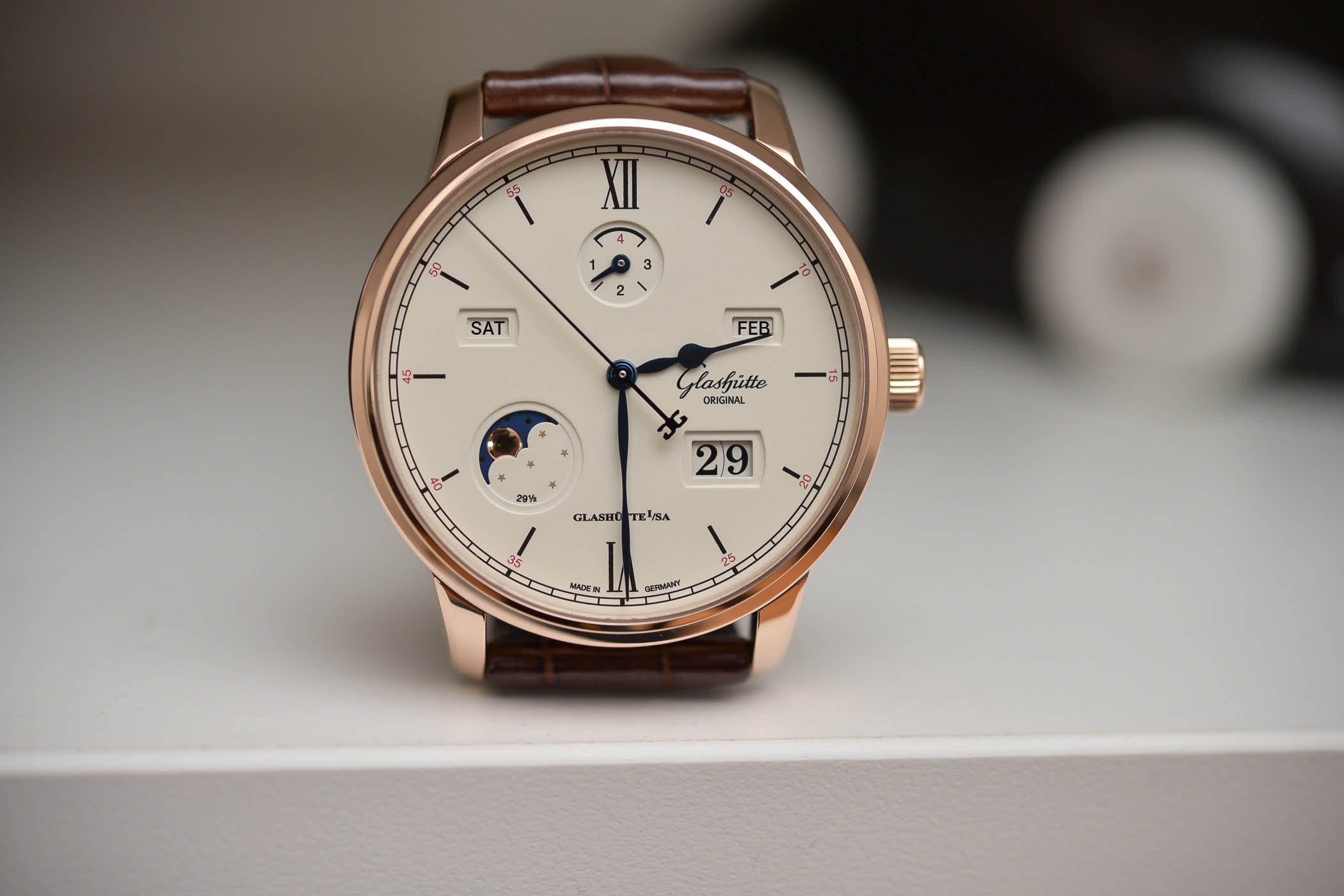
- the secular calendar – here we enter the world of mechanical exception, with a type of calendar that is almost correct (really, really close to reality) known as the secular calendar watch. These movements are able to take into account these centennial years and thus will only require one correction every 400 years – again because if a year is divisible by 400, it is a leap year. This is the closest watches have come to the Gregorian Calendar, and only a handful of these secular calendar watches have ever been created – the Patek Philippe calibre 89, the Perpetuel Secular Calendar by Svend Andersen or the Frank Muller Mega Aeternitas, and two recent introductions, the Audemars Piguet Code 11.59 Universelle and the Furlan Marri Secular Perpetual Calendar (a unique piece for now).
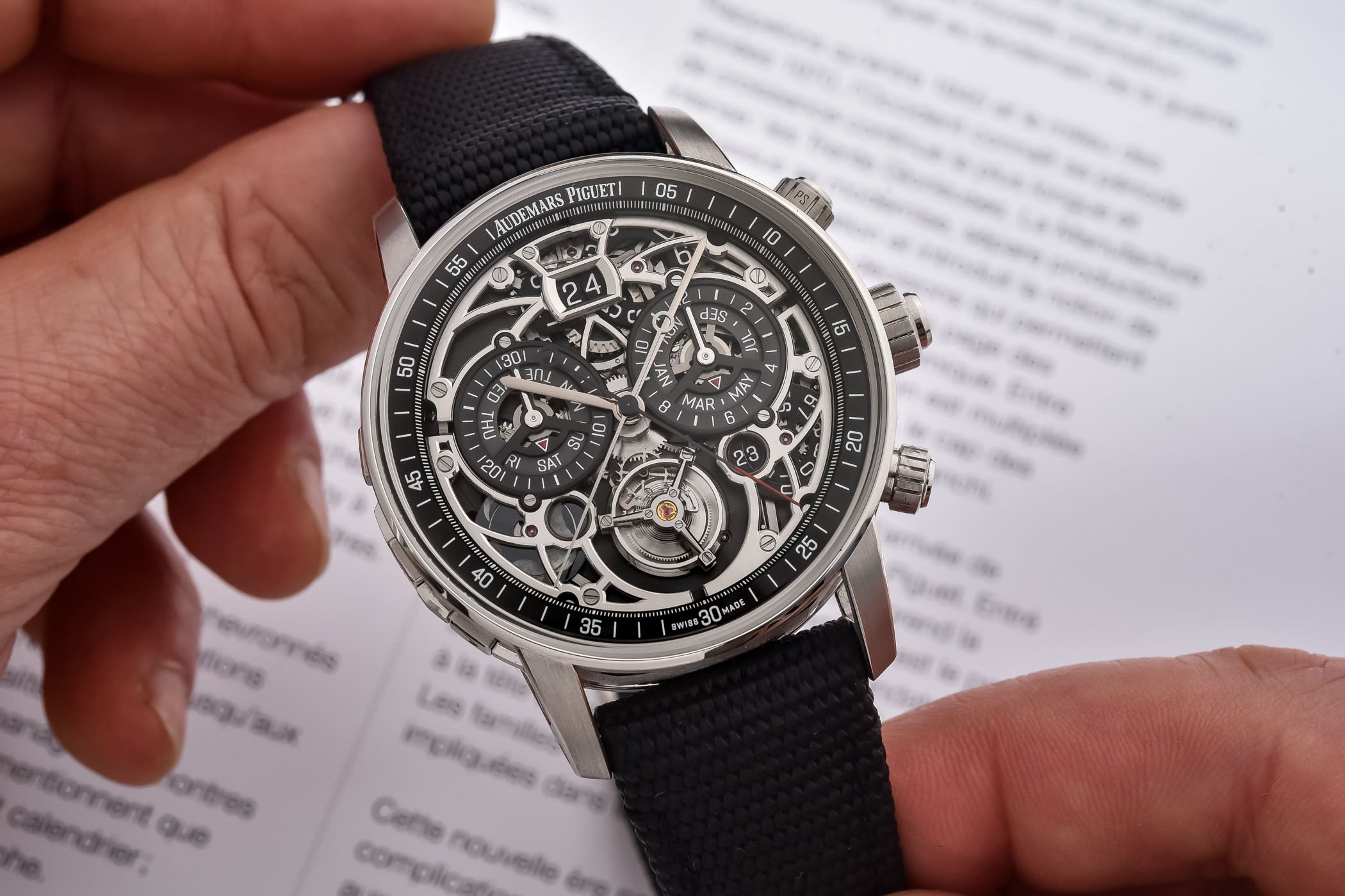
And for now, we wish you a Happy Leap Day.


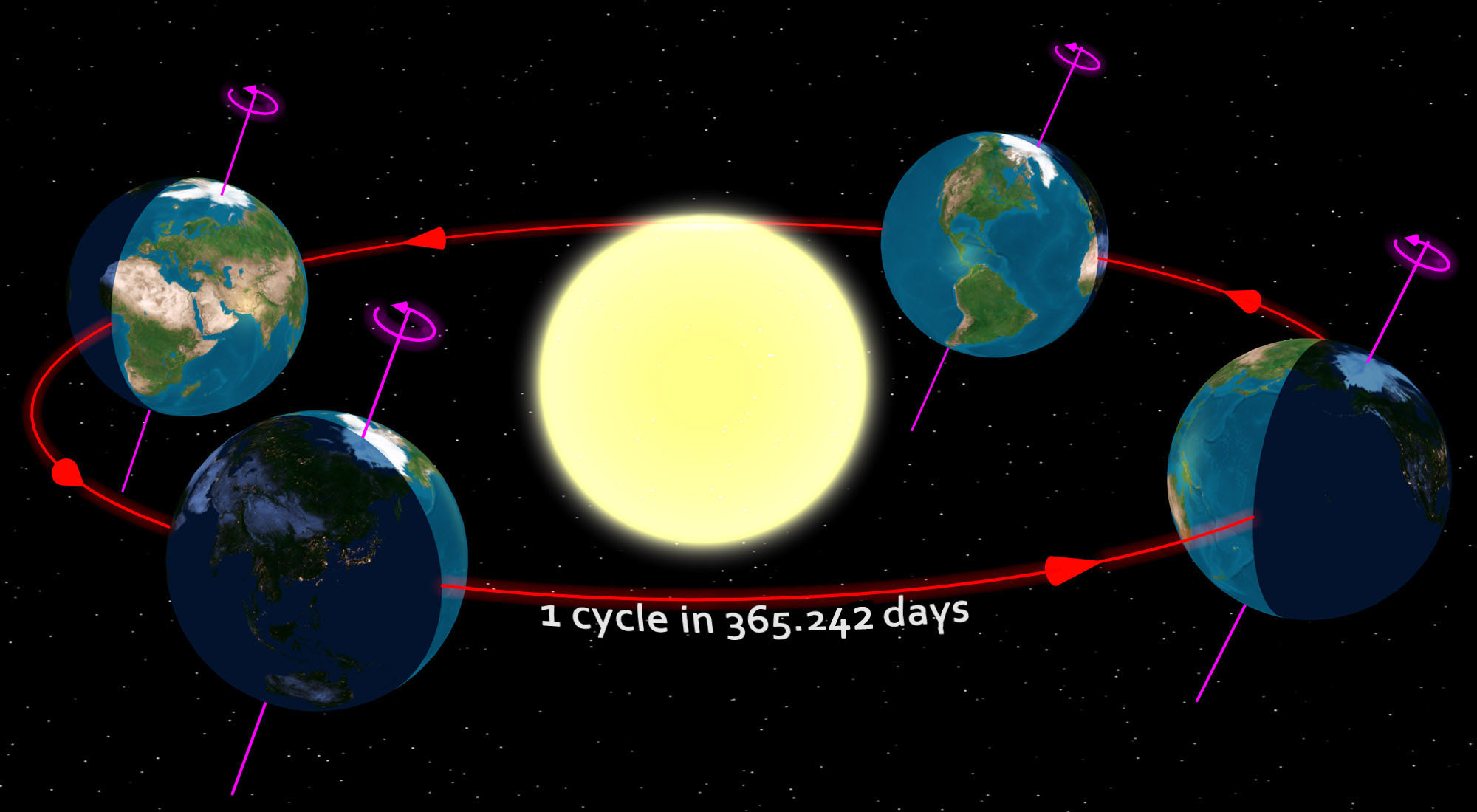



8 responses
Best ever article!
@Paul Van den Bulcke – thank you 🙂
Great article Brice – Thank you.
@Gopal – thank you !!!
Thanks for reminding me I had to change my date.
So well done. This should be memorialized as the definitive guide to time keeping and calendars
@Jasman – thank you for that 🙂
Wow what an article – loved it and had to read it load for the rest of the household